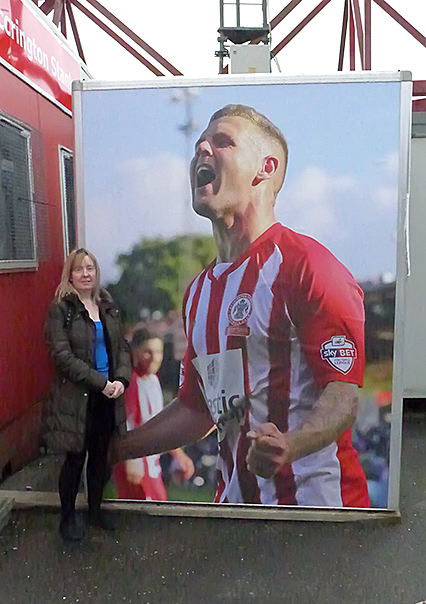- Messages
- 12
- Name
- Stephen Law
- Edit My Images
- Yes
Hi all, I've been out of the DSLR world for a few years and want to get back in. I have the Canon 350D which is very long in the tooth and I'm a bit torn on the replacement for it. I do have the G1X compact, but it's limitations on how quickly it can take a picture are annoying when I hear the clicks of the DSLRs around me firing off and capturing moments I'm missing.
I've narrowed my search to the Canon 700D, 750D/760D or a second hand 70D, all would probably be bought with a kit lens.
The newer models have higher megapixel counts, but does a 24.2mp sensor really give noticeably different results compared to an 18mp one?
I'd like to either rule it in or out from the features that decide which camera body I eventually buy.
I've narrowed my search to the Canon 700D, 750D/760D or a second hand 70D, all would probably be bought with a kit lens.
The newer models have higher megapixel counts, but does a 24.2mp sensor really give noticeably different results compared to an 18mp one?
I'd like to either rule it in or out from the features that decide which camera body I eventually buy.


